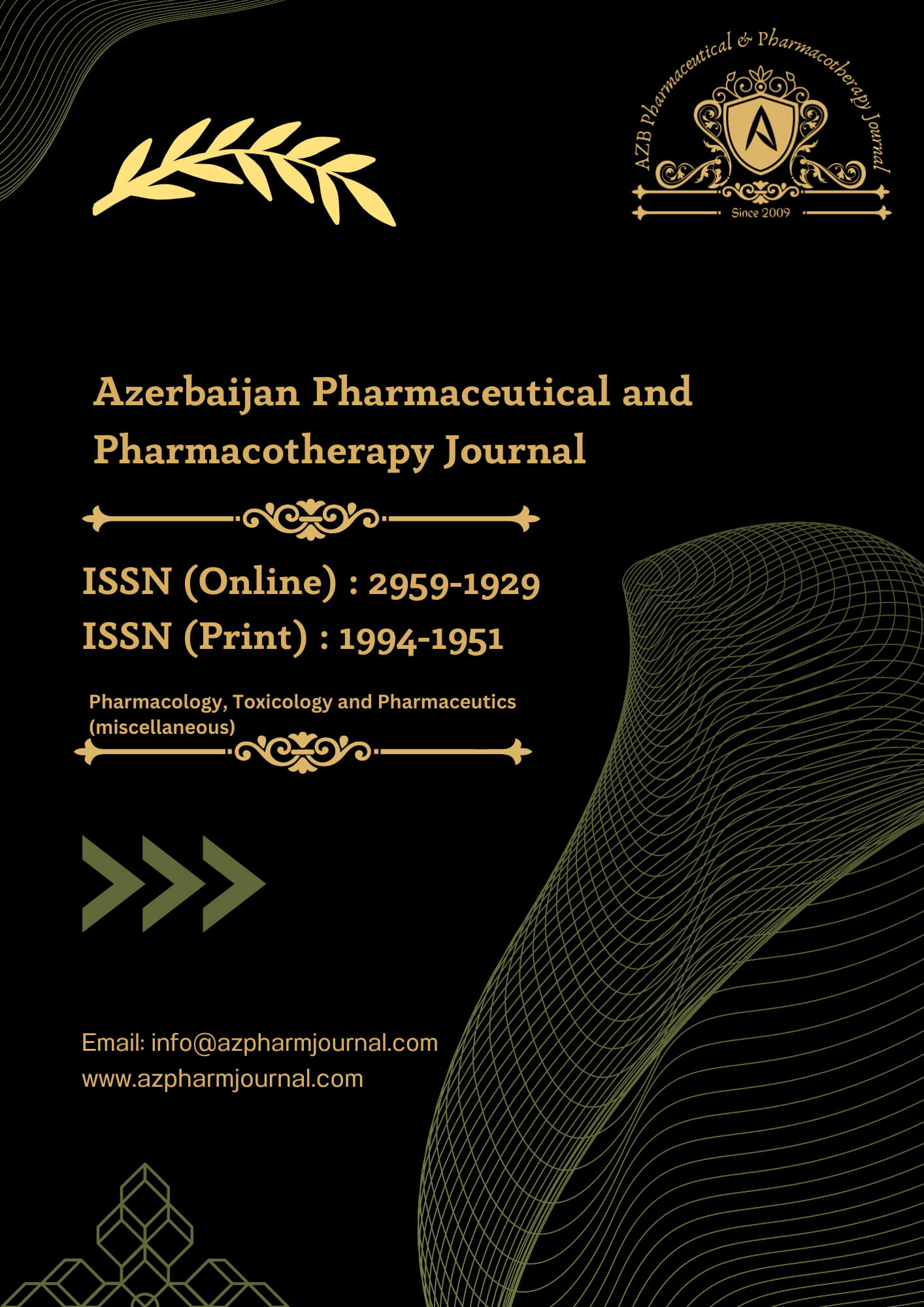4. Animal Groups
Twenty-four rats were randomly assigned to one of four groups (n=6) for the study. The Sham group received intraperitoneal (i.p.) anesthesia during an operative laparotomy but did not undergo cecal ligation and puncture (CLP). The Control group underwent an operative laparotomy with CLP but did not receive any medication. The Vehicle group underwent the same surgical procedure as the Control group but received only the vehicle for etanercept, administered as NaCl i.p. 60 minutes prior to surgery. After euthanizing the animals under anesthesia and extracting the organs, a 24-hour period elapsed [12].
Histopathology
The excised lungs were fixed in 10% formalin before being embedded in paraffin wax. The tissues were sectioned into 5 \(\mu\)m-thick slices and stained with hematoxylin-eosin (H&E) for histological examination. A pathological grading scale was employed in this study, with mild (1), moderate (2), and severe (3) indicating edema, eosinophilic neurons, and necrosis, respectively. Severe (3) represented necrosis, edema, eosinophilic neurons, and red blood cell (RBC) populations. A normal (uninjured) state was defined as the absence of edema, RBCs, and eosinophilic neurons [13].
Immunohistochemistry
Levels of TLR2 and TLR4 were assessed using immunohistochemistry (IHC). Tissues from the treated and untreated groups were processed following the manufacturer’s instructions, and the number of cells labeled with TLR2 and TLR4 antibodies was counted [14]. \[QQ = P \times I,\] where Q is the quick score, P is the percentage of positive cells, and I is the intensity.
ELISA
Modulation of NF-\(\kappa\)B p65: The NF-\(\kappa\)B p65 level in lung tissue from all groups was assessed using the ELISA technique at the conclusion of the experiment.
Statistical Analysis
Statistical analysis was conducted using SPSS version 26. The data were presented as Mean \(\pm\) Standard Error of the Mean (SEM). For multiple group comparisons, ANOVA was employed, followed by a post-hoc test with Bonferroni correction. The Kruskal-Wallis test was used to assess the statistical significance of the mean score for histological alterations in heart tissue. A p-value of 0.05 was considered statistically significant.
